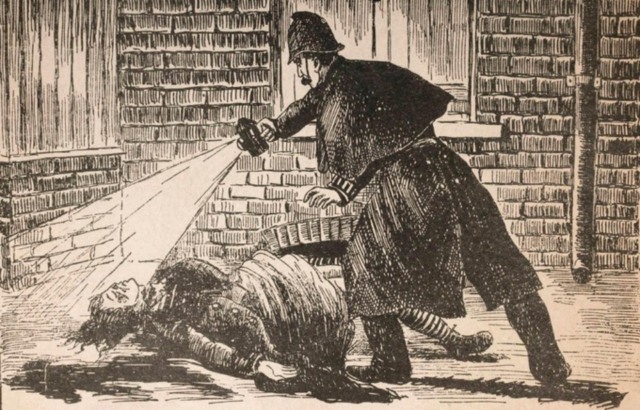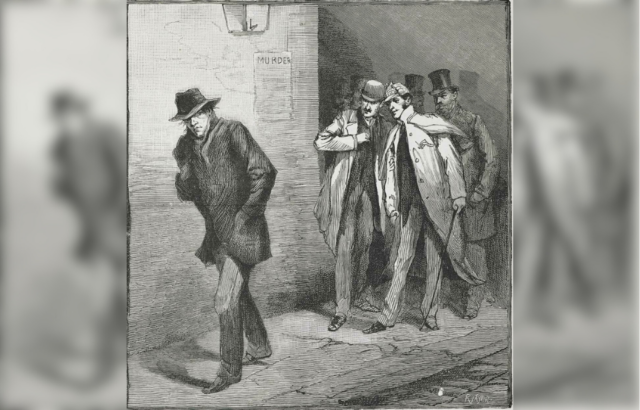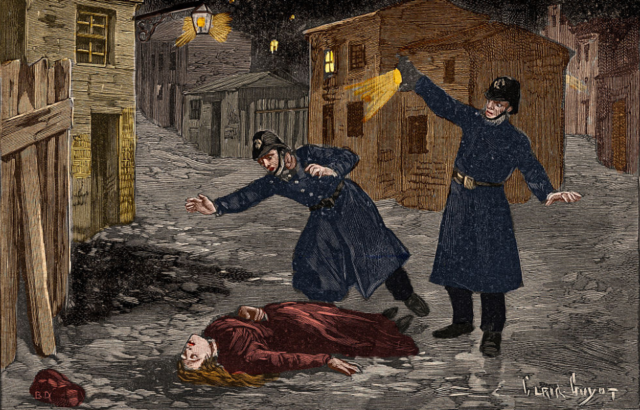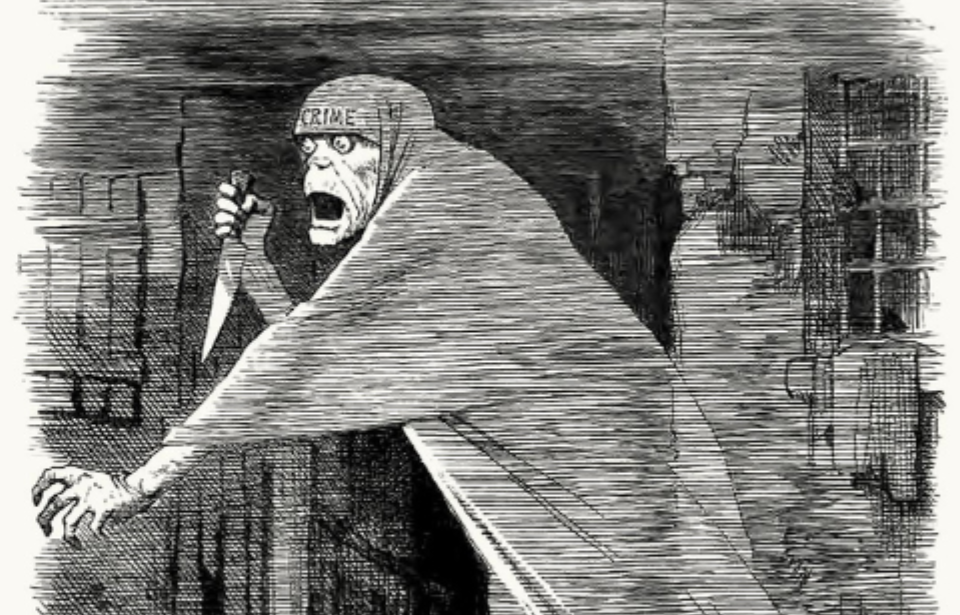Jack the Ripper was the pseudonym given to an unidentified serial killer who terrorized the Whitechapel district in the East End of London, England, during the late 19th century. The exact identity of the Ripper remains one of the most infamous unsolved mysteries in criminal history. There are many theories about who the Ripper was, and now another can be added to that list.
Sarah Bax Horton is a descendant of Harry Garrett, who was a Metropolitan Police sergeant in H Division at Whitechapel’s Leman Street station. Horton has claimed in her book, One-Armed Jack: Uncovering the Real Jack the Ripper, that a man named Hyam Hyams was the Ripper.
The Whitechapel murders
Between April 3, 1888, and February 13, 1891, 11 women were murdered in Whitechapel. The Metropolitan Police dubbed these the Whitechapel murders; however, these were not all committed by Jack the Ripper. There are the canonical five, who are all believed to have been killed by the Ripper: Annie Chapman, Catherine Eddowes, Mary Ann Nichols, Elizabeth Stride, and Mary Jane Kelly.

Each victim was a lady of the night and all but one were killed while soliciting customers. The killings were characterized by the savagery of the attacks, with each of the victims’ throats being cut and their bodies mutilated. The manner of their killings indicated a high level of anatomical knowledge. The Ripper also seemed to have intimate knowledge of the dark and narrow alleyways of Whitechapel, which made it easier for him to strike quickly and elude capture.
Detective Inspector Edmund Reid of H Division initially conducted the investigation, later being joined by Detective Inspectors Frederick Abberline, Henry Moore, and Walter Andrews from Central Office at Scotland Yard.
Despite their investigations and the naming of numerous suspects over the years, the true identity of Jack the Ripper has never been definitively established. The case has captured the public’s imagination for over a century, and it remains one of the most enduring and chilling mysteries in criminal history. The Ripper’s legend continues to be the subject of books, television shows, movies, and countless theories to this day.
Was Hyam Hyams Jack the Ripper?
In her search for the identity of the Ripper, Horton has determined that it was Hyam Hyams. Her conclusion stems from her research into Hyams’ medical records, which have revealed clues connecting him to what has been suspected about the Ripper.
Hyams, first and foremost, lived and worked in Whitechapel, in close proximity to where the murders took place. He was also a cigarmaker, meaning he was skilled with a knife. Hyams was both an alcoholic and an epileptic. His mental state saw him in and out of asylums, and an injury left him without work and a distinct physical appearance.

Witnesses who claimed to have seen Jack the Ripper said that he was in his mid-thirties, had an odd gait with weak, bent knees, shuffled, and had a stiff arm. Hyams was 35 years old in 1888, and after an injury, he was unable to bend or extend his left arm, and “he was weak at the knees and wasn’t fully extending his legs. When he walked, he had a kind of shuffling gait, which was probably a side effect of some brain damage as a result of his epilepsy.”
His physical appearance also matched the descriptions of the Ripper. Witnesses “saw a man of medium height and built, between five feet five inches and five feet eight inches. Tall, stout, and broad-shouldered. Hyams was five foot seven and a half inches and weighed ten stone, seven pounds.” Horton confirmed that “his photograph demonstrates that he was noticeably broad-shouldered.”
Hyams’ medical records also record his mental state and use of violence. It was reported that he once attacked his wife, whom he thought was cheating on him. He then attacked her mother with a knife, which resulted in his arrest.
Other details match up
Reports from the asylums also showed a decline in Hyams’ physical and mental health, which was around the time that the Ripper murders occurred. This period of decline began with him breaking his arm in February 1888 and his permanent committal to the Colney Hatch Lunatic Asylum in September 1889. The downturn in his health matched the escalation of the Ripper’s murders.

Sarah Bax Horton said, “He was particularly violent after his severe epileptic fits, which explains the periodicity of the murders.” His alcoholism likely exacerbated his violent tendencies.
Ultimately, the slayings committed by Jack the Ripper are believed to have stopped by the end of 1888. This happens to be the same time when Hyams was deemed “a wandering lunatic” and placed in an asylum, where he remained until he died in 1913.
More from us: The Unsolved Murder Mystery That Helped Start America’s True Crime Obsession
Is Hyam Hyams really Jack the Ripper? The theory has the seal of approval from many leading authorities on the subject. That being said, it is still just a theory, and the face of Jack the Ripper remains unknown. Perhaps, though, we are one step closer to revealing it.
